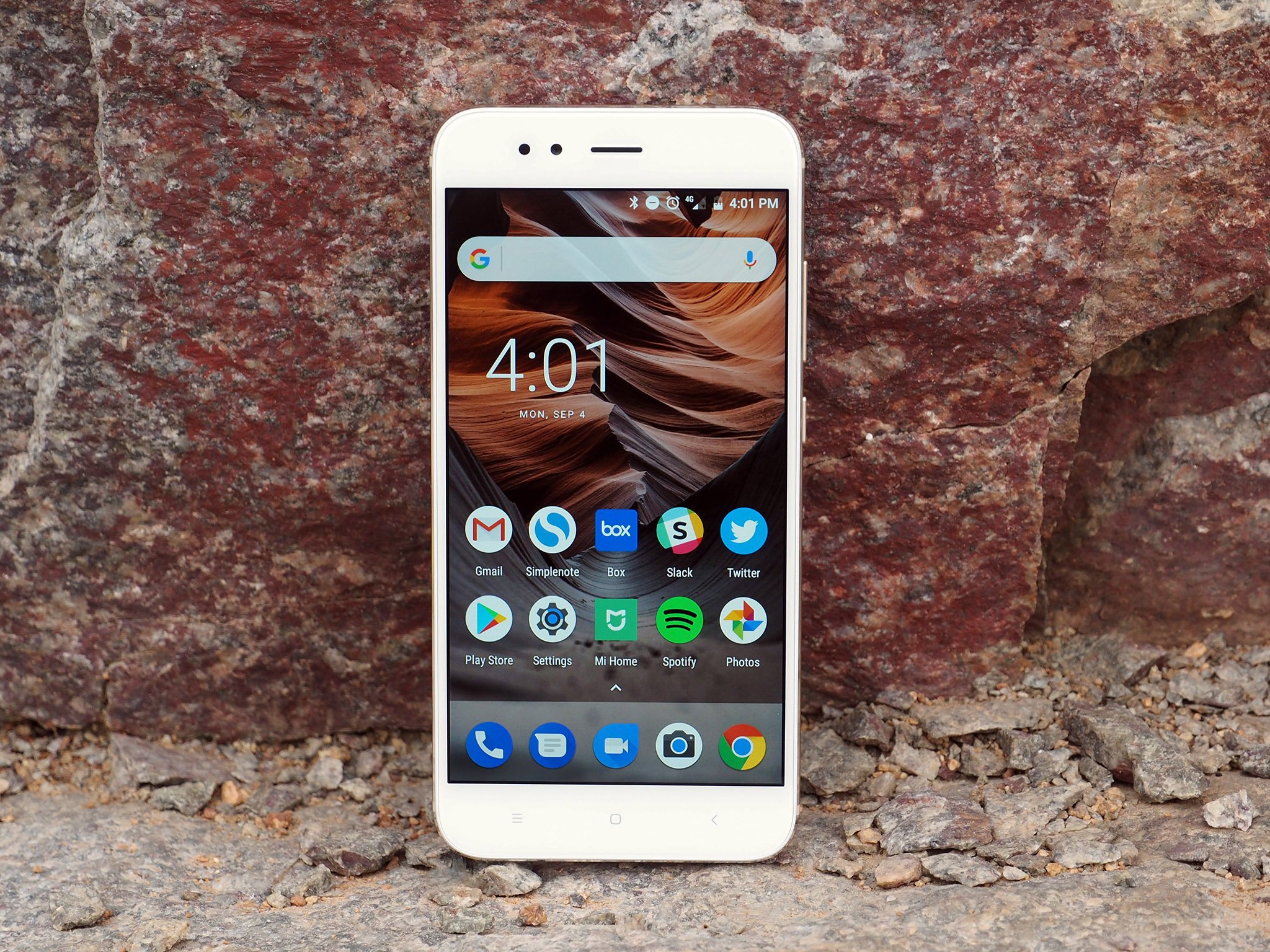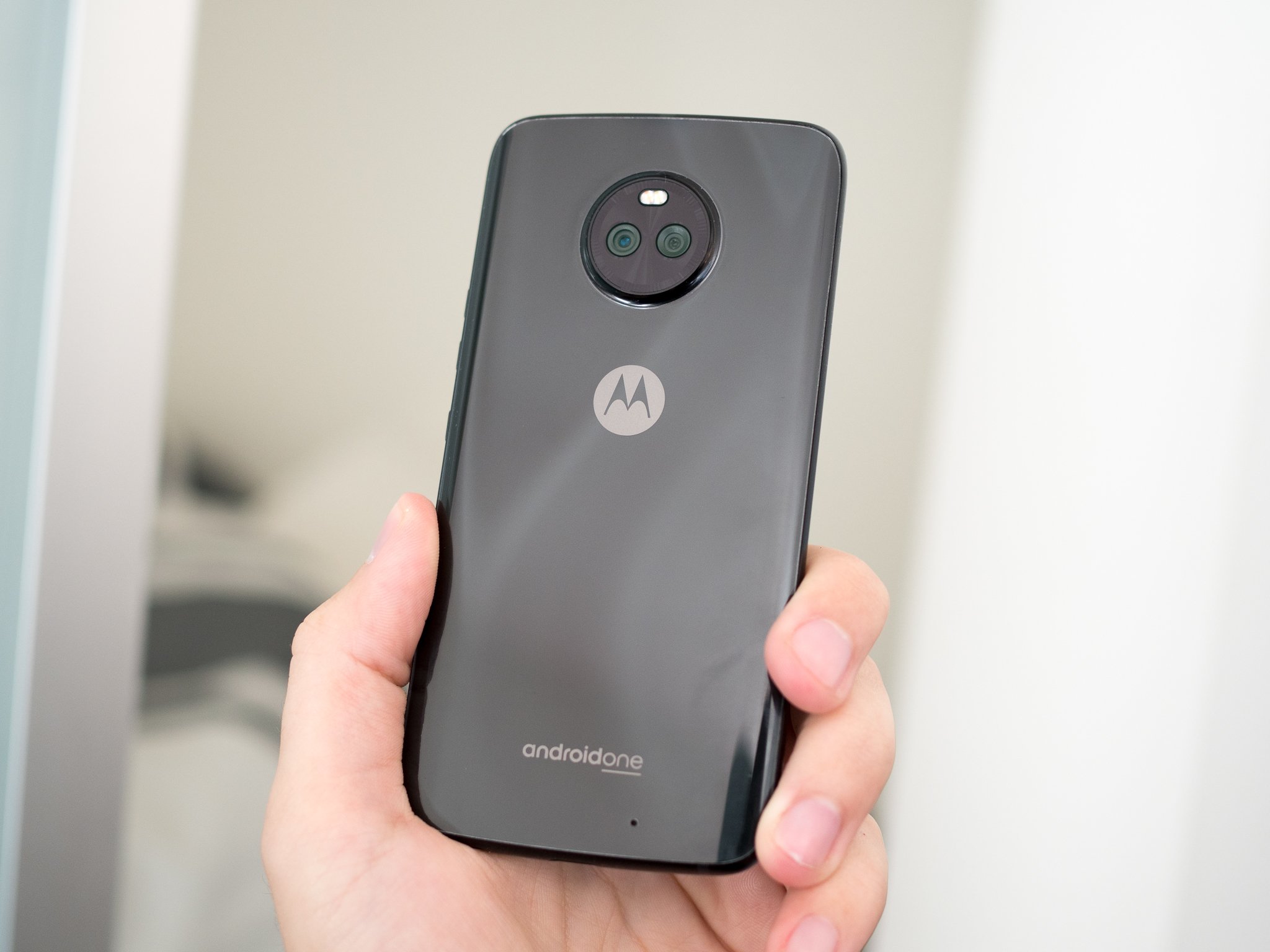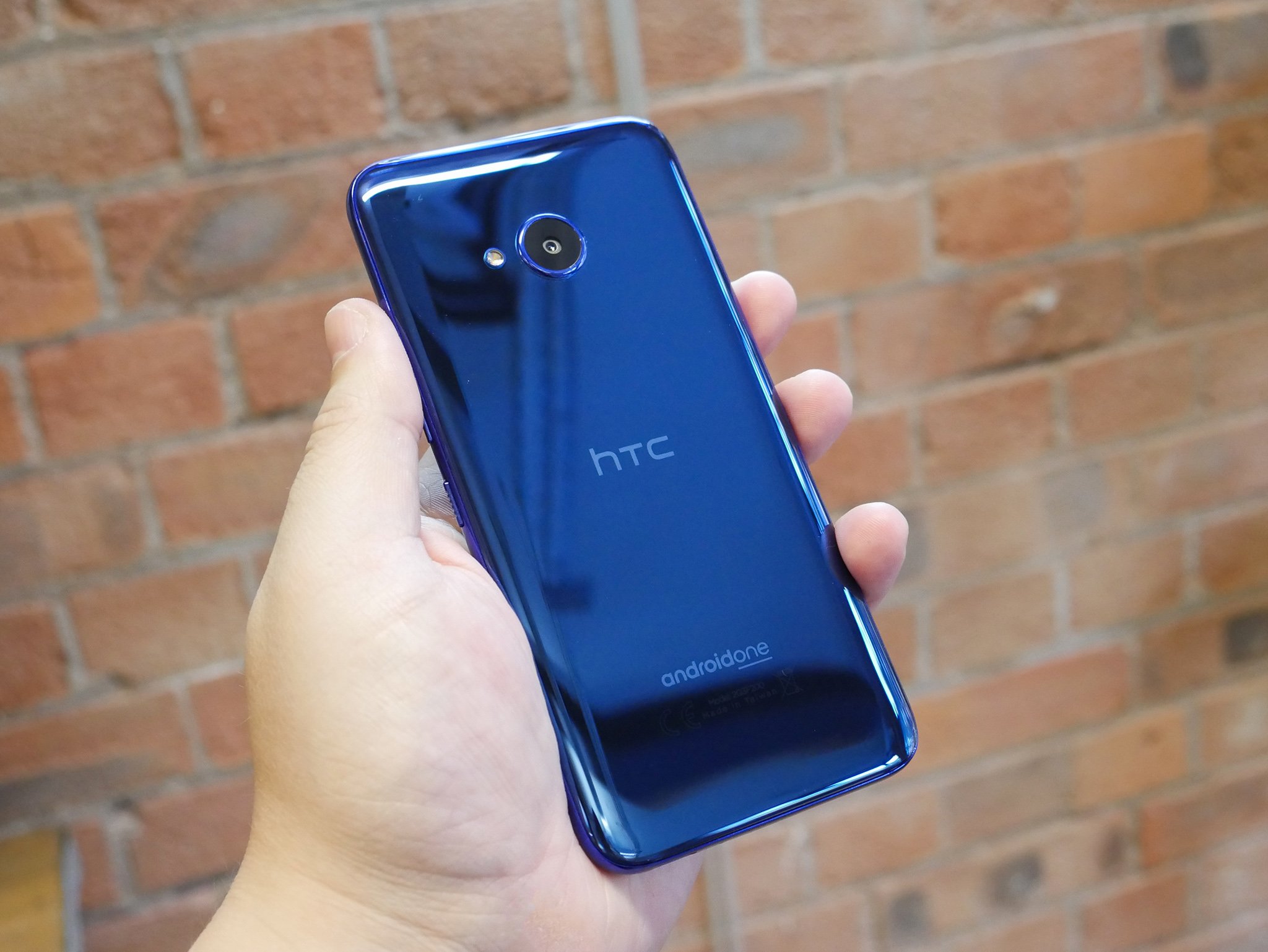Here's what you need to know about the current wave of Android One phones.
The first iteration of the Android One program turned out to be a failure due to a combination of bad timing and poor marketing. Google wasn't able to effectively advertise the devices to the masses, and as a result, the audience it was trying to target never knew about the phones that were available.
So Google went back to the drawing board and settled on a two-pronged strategy: Android One got a facelift and moved to the mid-tier segment to fill the void left by the Nexus program, and Android Go was envisaged for the entry-level category.
We're yet to see Android Go devices in the market, but the reintroduction of Android One bears a closer look. Several phones have debuted over the course of the last five months, and for the first time Google has launched Android One-branded devices in the U.S. in the Moto X4 and the HTC U11 life. With handsets available across a wide variety of markets and price points, there's no dearth of choice if you're looking for a capable phone with pure Android.
Xiaomi Mi A1
Xiaomi's Mi A1 is one of the best value-for-money phones around. For what amounts to $220, you get a 5.5-inch Full HD panel, Snapdragon 625 chipset, 4GB of RAM, 64GB of storage, dual 12MP cameras with a dedicated zoom lens for 2x optical zoom, Wi-Fi ac, Bluetooth 4.2, and a 3080mAh battery.
Xiaomi Mi A1 review: Best of both worlds
The Chinese manufacturer hasn't put a foot wrong with the Mi A1, but the main drawback with the phone is availability. The Mi A1 is officially sold in India and other Southeast Asian markets, and has recently made its debut in Europe for €229. If you're looking to pick it up from a country where it isn't officially available just yet, then your best bet is to go through a Chinese retailer.
Motorola Moto X4
The Moto X4 is an important device as it's the only device outside the Nexuses and Pixels that is officially certified to work on Project Fi. There's plenty to like with the phone, and the decent hardware combined with Project Fi's service makes it a potent combination.
Moto X4 review: A mid-range phone done right
On the hardware front, the Moto X4 offers a 5.2-inch Full HD panel backed by Gorilla Glass 3, Snapdragon 630, 3GB of RAM, 32GB of storage, dual 12MP + 8MP cameras at the back along with a 16MP front shooter, IP68 certification, and a 3000mAh battery. The phone retails for $399 in the U.S., and is up for sale in India for ₹22,999 ($360) for the variant with 4GB of RAM and 64GB of storage.
HTC U11 Life
The U11 Life has a lot of hardware similarities with the Moto X4. You get a 5.2-inch Full HD screen, Snapdragon 630, 3GB of RAM and 32GB of storage, and IP67 dust and water resistance. You lose out on the dual cameras — with the phone sporting a single 16MP shooter at the back — but you do get a 16MP camera up front as well.
HTC U11 Life review: High style at a low price, with compromises
HTC has opted for differentiation with a feature called Edge Sense, a squeezable frame that lets you launch the camera or Google Assistant by just pressing down on the sides of the phone. Other specs include a 2600mAh battery, and while that's decent enough to last the better part of a day, the phone doesn't have a 3.5mm jack. You do get HTC's USonic earbuds bundled in the box though. Not bad considering the phone costs $349.
Y!Mobile X1/X2/S1/S2
If you're looking to pick up an Android One phone in Japan, SoftBank's Y!Mobile has you covered. The carrier has a strong lineup of phones, including Sharp's X1 and S1, Kyocera's S2, and the HTC X2.
Let's kick off with Sharp's offerings first: both the X1 and S1 feature Full HD IGZO panels and are dust and water resistant. The X1 has a 5.3-inch screen, is powered by the Snapdragon 435, and offers 3GB of RAM/32GB storage, microSD slot, 16MP rear camera, 8MP front shooter, and a huge 3900mAh battery.
The S1 features a 5.0-inch screen, Snapdragon 430, 2GB of RAM/16GB storage, microSD slot, 13MP camera, 8MP front camera, and a 2530mAh battery. Both Sharp phones are on Android 8.0 Oreo.
Coming over to the Kyocera S2, the budget phone has a 5-inch 720p display, Snapdragon 425, 2GB of RAM and 16GB of storage, microSD slot, 13MP rear shooter, a 2MP front camera, and 2300mAh battery. The S1 is available on monthly plans starting as low as $20 (¥2,138).
Finally, the HTC X2 offers a 5.2-inch Full HD panel, Snapdragon 630, 4GB of RAM, 64GB of storage, microSD slot, 16MP front and rear cameras, and a 2600mAh battery. The phone is certainly the most feature-rich when seen next to other Android One devices in the country, and that corresponds to a monthly plan of $30 (¥3,434).
General Mobile GM6/GM5/GM5 Plus
Turkey's General Mobile 4G was the first Android One device to feature a Snapdragon chipset. The phone made its debut in 2015, and while Indian vendors rolled out Android One devices a year prior, they were running MediaTek's MT6582 platform.
Currently, the Turkish phone manufacturer offers three Android One phones: the GM6, GM5, and the GM 5 Plus. The GM5 and GM5 Plus are older devices running the Snapdragon 617, with the former featuring a 5-inch 720p display with the latter offering a 5.5-inch Full HD panel.
The GM6, meanwhile, features MediaTek's octa-core MT6737T chipset, and has 3GB of RAM/32GB of storage, 13MP rear camera, 8MP front shooter, and a 3000mAh battery. Crucially, all three devices have received the Oreo update.
Your favorite
What Android One phone piques your interest? Let us know in the comments!






0 Response to "You Can See More: These are all the Android One phones available today"
Post a Comment